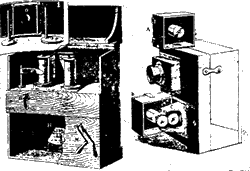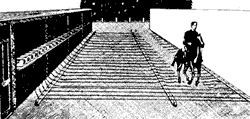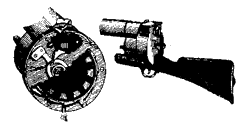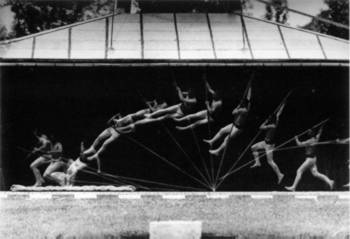The long-time desire to capture movement can be traced back to the first pre-historic drawings, to painting, and Chinese shadows, is made possible by photography.
In 1874 the French astronomer Jansen, taking advantage of the recently invented supersensitive film, invented photochronography on a single plate.
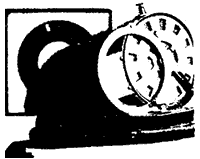
Jansen's photographic revolver
